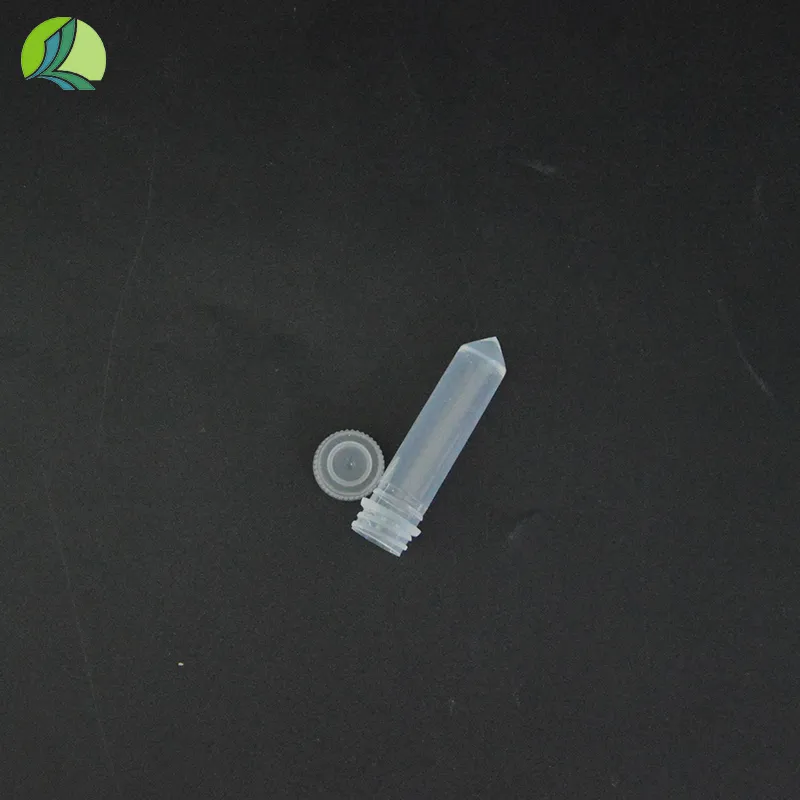Comparison of Petri Dishes and Plates for Laboratory Use and Culturing Techniques
Petri Dish vs. Plate A Comprehensive Comparison
In the world of microbiology and laboratory practices, two common tools are frequently utilized Petri dishes and plates. Though they are often used interchangeably, understanding the distinctions between these two types of laboratory equipment is essential for successfully conducting experiments and cultivating microorganisms.
Definitions and Structure
A Petri dish, also known as a Petri plate, is a shallow, flat, cylindrical container made from glass or clear plastic, typically featuring a lid. It is named after the German bacteriologist Julius Richard Petri, who invented it in 1887. The design of the Petri dish allows for easy access to samples while minimizing contamination. The shallow structure and the cover work together to create an accessible environment for microbial growth.
In contrast, the term “plate” can refer to a broader category of laboratory soil, including various types of shallow containers that can hold media for culturing microorganisms. Plates can include Petri dishes but may also refer to other laboratory utensils like collagen plates or well plates, which have multiple wells for different samples. As such, “plate” is a more generic term, while “Petri dish” specifies a particular type.
Applications in Microbiology
Petri dishes are best known for their role in microbiological work. They are typically filled with agar, a gelatinous substance derived from algae that serves as a growth medium for bacteria, fungi, and other microorganisms. When a sample is inoculated onto the agar surface, microorganisms can thrive, and their growth can be easily observed and measured. Petri dishes are essential for isolating pure cultures of bacteria, antibiotic susceptibility testing, and even food safety testing.
petri dish vs plate

Plates, as a category, can serve various functions depending on the medium they contain. For instance, while Petri dishes house agar media, other types of plates might carry liquid media, solid surfaces, or specialized materials like polystyrene for cell culture purposes. In tissue culture applications, plates often have wells for individual samples, allowing researchers to test multiple conditions concurrently.
Advantages and Disadvantages
Both Petri dishes and plates offer inherent advantages and disadvantages. Petri dishes are typically easy to use, and their transparent material allows researchers to easily observe microbial growth without removing the lid. This minimizes contamination and disturbance to the samples. However, their design limits them to single samples per dish.
On the other hand, plates that come with wells or other specialized structures can accommodate multiple samples, which can be useful for high-throughput screening and comparative studies. This versatility makes them suitable for various experimental setups. However, their complexity may introduce challenges in terms of handling and transferring samples, leading to an increased risk of contamination during the experimental procedure.
Conclusion
In summary, while the terms Petri dish and plate may sometimes be used interchangeably, they reflect different aspects of laboratory equipment used in microbiological research. The Petri dish stands out as a specific type of dish that provides an optimal environment for microbial growth, characterized by its shallow, flat design and lidded structure. Conversely, the broader category of plates encompasses various types of laboratory containers designed for multiple purposes, making them versatile tools in research laboratories.
Understanding the differences and applications of Petri dishes and plates is vital for anyone involved in microbiology or related fields. Choosing the appropriate tool can significantly impact the success of experiments and the reliability of results, emphasizing the importance of proper laboratory technique and awareness. As technology advances, the development of new types of plates may revolutionize laboratory practices, representing an exciting frontier for scientists in their quest to explore the microscopic world.
-
Aesthetic Makeup Spray Bottles | Fine Mist Empty RefillableNewsAug.19,2025
-
White Plastic Veterinary Vaccine Vials | Lab Liquid BottlesNewsAug.18,2025
-
Plastic Medicine Liquid Bottle: Secure Flip Top Drug VialsNewsAug.17,2025
-
Durable 250ml Blue Plastic Vaccine Vial for Lab & Vet UseNewsAug.16,2025
-
Sterile Virus Sample Tubes: Secure & Reliable Specimen CollectionNewsAug.15,2025
-
White 250ml Plastic Vaccine Vial for Lab & Vet MedicineNewsAug.14,2025
























